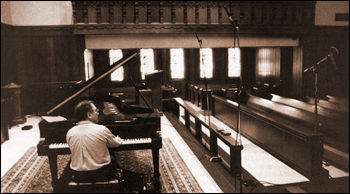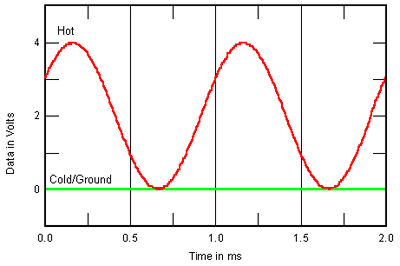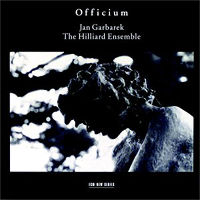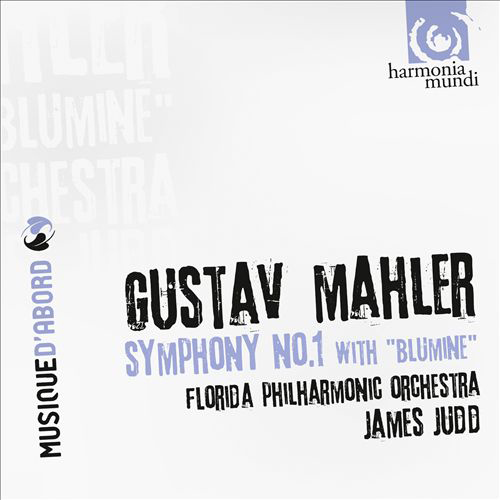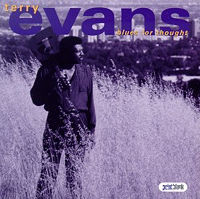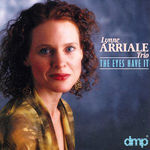LATEST ADDITIONS
Balance: Benefit or Bluff?
If you read much promotional literature for recently introduced high-quality equipment, you'll notice a common theme emerging: balanced connection. Balanced inputs and outputs are becoming a must for any audio equipment that has any claim to quality. The word itself has promotional value, suggesting moral superiority over the long-established "unbalanced" connection (for the purpose of this discussion, I will call this "normal"). What's my problem with this? Simply this: The High End could be paying dangerous, costly lip service to the received wisdom that balanced operation is the goal for an audio system.
Recording of October 1994: Officium
<B>HILLIARD ENSEMBLE/JAN GARBAREK: <I>Officium</I></B><BR> Medieval & Renaissance Chant & Polyphony by Morales, Perotin, Dufay, de La Rue, Anon.<BR> The Hilliard Ensemble, vocals; Jan Garbarek, soprano & tenor saxes<BR> ECM New Series 78118-21525-2 (CD only). Manfred Eicher, prod.; Peter Laenger, eng. DDD. TT: 77:41
A Wee Dram of Scotch: Linn Products' Ivor Tiefenbrun
<I>More than 20 years ago, when the turntable was considered a perfectly neutral component in the playback chain, Ivor Tiefenbrun single-handedly demonstrated to the world that the turntable was not only an important part of a hi-fi system, but perhaps the </I>most<I> important part. That radical idea was the basis for the legendary Linn Sondek LP12 turntable, the product that launched Linn, and which is still in production 22 years later.</I>
Future Shock, High-End Style
The future is rarely what anyone expects it to be. I still remember reading, as a child, predictions in <I>Popular Science</I> that everyone would have a personal helicopter by 1980. It never happened, though it sure seemed like a reasonable projection of events. Events, however, have their own agenda.
The Importance of the Small Difference
During a recent visit to Canada's National Research Council, I noticed stuck to the wall of the prototype IEC listening room a page of results from one of Floyd Toole's seminal papers on the blind testing of loudspeakers. The scoring system was the one that Floyd developed, and that we adopted for <I>Stereophile</I>'s continuing series of blind tests. "0" represents the worst sound that could possibly exist, "10" the perfection of live sound—a telephone, for example, rates a "2." The speakers in Floyd's test pretty much covered the range of possible performance, yet their normalized scoring spread, from the worst to the best, was just 1.9 points.
Recording of September 1994: Mahler: Symphony 1
James Judd, Florida Philharmonic Orchestra
Harmonia Mundi USA 907118 (CD only). Peter McGrath, eng.; Paul F. Witt, prod.; Robina Young, exec. prod. DDD. TT: 64:15
Recording of August 1994: Blues for Thought
<B>TERRY EVANS: <I>Blues for Thought</I></B><BR> PointBlank/Charisma/Virgin 39064 2 (CD only). Ry Cooder, prod.; Mark Ettel, eng. AAD? TT: 49:18
Recordings of July 1994: The Eyes Have It, Lady Be Good...for EllaMichael Ullman
<B>LYNN ARRIALE: <I>The Eyes Have It</I></B><BR> Lynn Arriale, piano; Jay Anderson, bass; Steve Davis, drums<BR>DMP CD-502 (CD only). Lynn Arriale, Tom Jung, prods.; Tom Jung, eng. DDD. TT: 62:22

